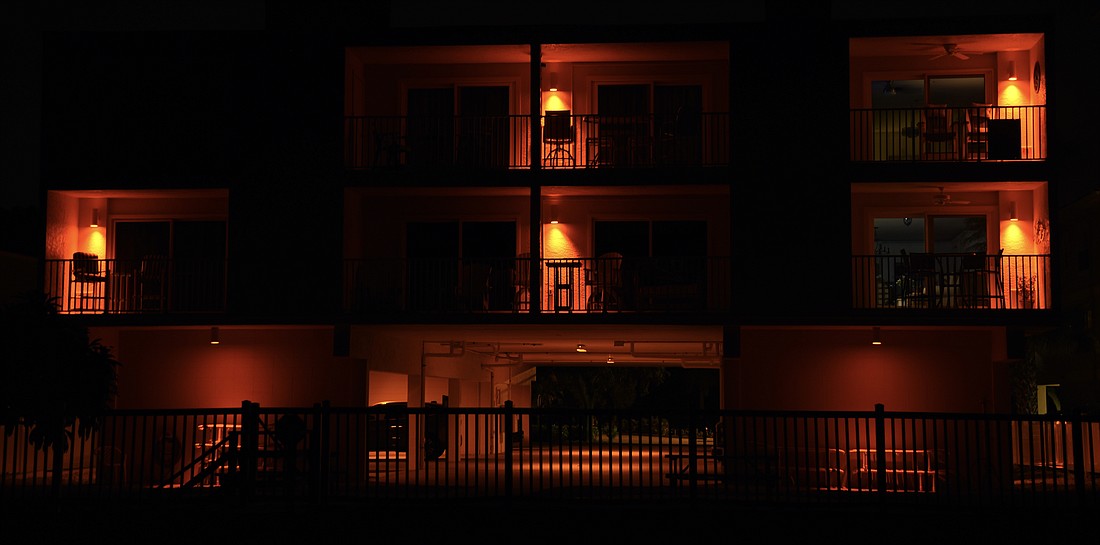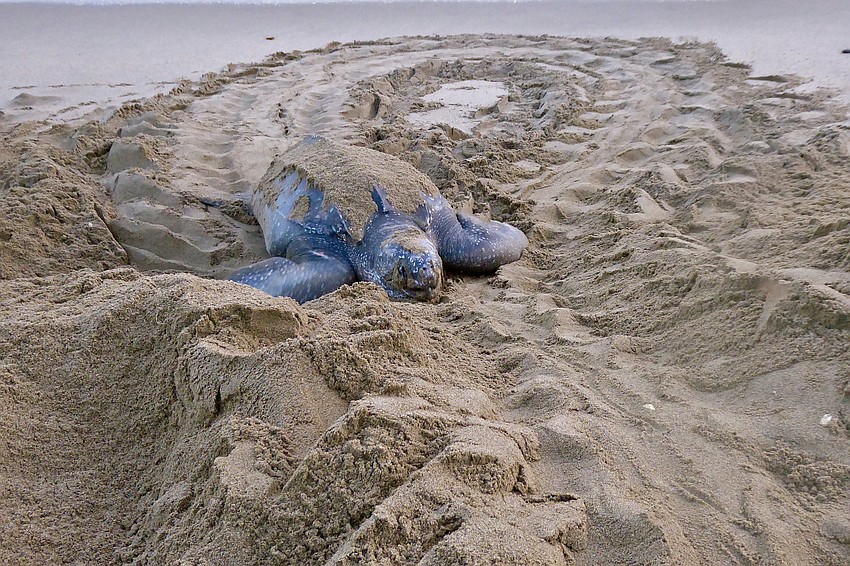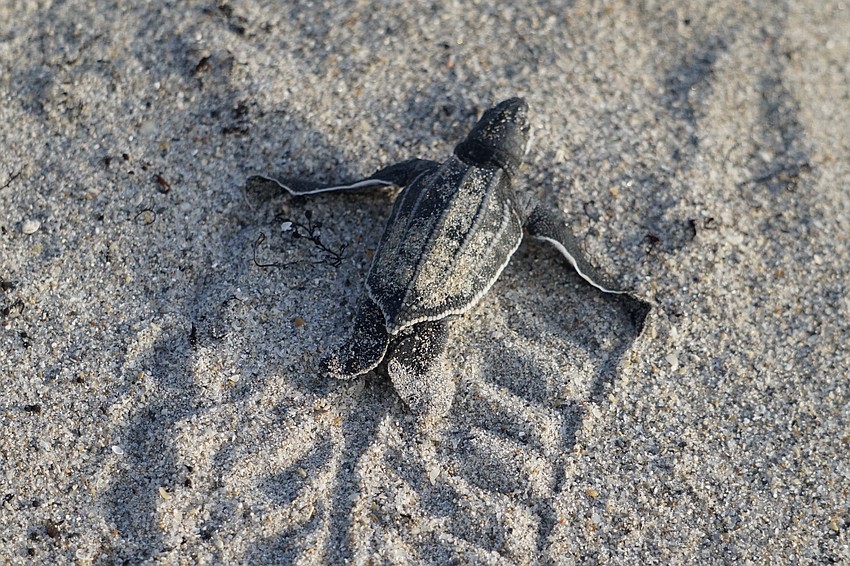- April 4, 2025
-
-
Loading

Loading

Any light that can be seen from the beach can threaten the safety of sea turtles and other wildlife said Rachel Tighe, lighting project manager at the Sea Turtle Conservancy.
The conservancy is carrying out a project to replace lights across Southwest Florida's coasts, covering 100% of costs, but the STC's attention is focused on one area in particular.
Sarasota and Manatee counties have taken less advantage of the services than other counties in the project's current range, which extends from Pinellas County in the north to Collier County in the south, Tighe said.
Sarasota County has the highest rate of turtles becoming disoriented — or led away from the ocean by onshore lighting — of all counties in that range, said Tighe.
Tighe said it is difficult to determine the reason for the area’s comparatively lower use of the program, although residents being misinformed could be a cause.
“We’ve been really trying to work on getting more properties in Manatee and Sarasota counties interested,” Tighe said.
Now, the organization's focus is moving towards smaller properties which can utilize grants of $25,000 or less. In the past, Tighe said, large condominiums had been the primary users of the project.
The conservancy is now emphasizing private homes, small condominiums, and small businesses, as well as some hotels and resorts, until June 2024, with the grant overall set to expire in February 2025.
The project's research shows a decrease in disorientation rates detectable in areas where fewer lights are present.

The origins of the project go back to the Deepwater Horizon Oil spill in 2010, after which the conservancy received a grant from the National Fish and Wildlife Foundation.
Since then, it has retrofitted more than 300 beachfront properties in Florida. The project began in the panhandle, moving to Southwest Florida by 2019.
A sea turtle hatchling will often move towards a white, unshielded light on the beach, mistaking it for the ocean, according to an STC media release, which noted these lights can confuse adult turtles as well, resulting in them becoming dehydrated on the beach.
The conservancy’s goal is to replace lights with amber, orange or red lights that use long wavelengths of 560 nanometers or more, because these can't be seen as easily by sea turtles.
Typically, an amber color is chosen, which Tighe said is favored most strongly by property owners.
“It's about really coming up with that little happy marriage of, do you need to add more fixtures that produce less light? Fewer fixtures that produce more light? Also making sure you're keeping that mounting height low. Do they really need light in these areas?” Tighe said.
Justin Pachota, owner of Sharky's on the Pier in Venice, Florida, said the conservancy staff brought knowledge he could never have gathered on his own as many products that include a turtle-friendly label in reality do not meet local requirements, he said.
“It saved me years of research,” he said.
He said although not many electricians were willing to take on the job, Sunshine Electrical Services agreed to do so. While the lights are yellow, he noted, his goal of 100% compliance with local ordinances has been met.
The advantages of the lighting also extend to the property owners as well, Tighe said. Owners have seen decreases in their utility bills. Longer wavelengths of light are also healthier for human beings.
As with looking at screens before bed, she said, certain wavelengths of light can affect melatonin production, creating more difficulty sleeping and leading to issues like obesity.

The Sea Turtle Conservancy will cover 100% of the cost of replacement, Tighe said, which can likely begin in the Sarasota area by August or September.
The overall process can take from a few weeks to six months, Tighe said. Owners can submit requests by phone or email.
If there are not enough retrofits requested in an area to justify a trip by staff, who are based in Gainesville — two to four are usually needed, said Tighe — the conservancy will place the requester on a waiting list.
Once staff plan trip, they hold a virtual meeting with a requester, offering an informational presentation and asking about color preferences for fixtures, specifics on installation and voltage and any other concerns.
Within one to two weeks, they will conduct a day evaluation, visiting the property to examine existing lights and fixtures and taking meter readings of the light intensity.
Staff will then take one week to a month to assemble a lighting plan that meets building and safety codes, which will include an aerial view of the location displaying the different fixture locations, what needs to be replaced, what the materials look like, and their specific model numbers.
The owner will typically be offered about two weeks to review the plan, and once their approval is given, the conservancy will seek out distributors in the area, sending a contract to the property owner after one to two weeks.
After the contract is executed, STC will provide 70% of the funding upfront, providing the remainder after the project is complete and an evaluation is performed. For a single-family home, the cost can be anywhere from $1,500 to $7,000, depending on the size of the home and the types of fixtures. Scheduling the installation is left to the property owner.
In the event that parking lot lights have to be replaced, the conservancy will also pay for the poles.
Pachota said the results of the retrofitting were a benefit for his restaurant, as well as for the turtles and environment.
“If there were hatchlings on my deck, I can’t imagine anything worse from an environmental and public relations standpoint,” he said. “It feels good knowing we are doing our part.”